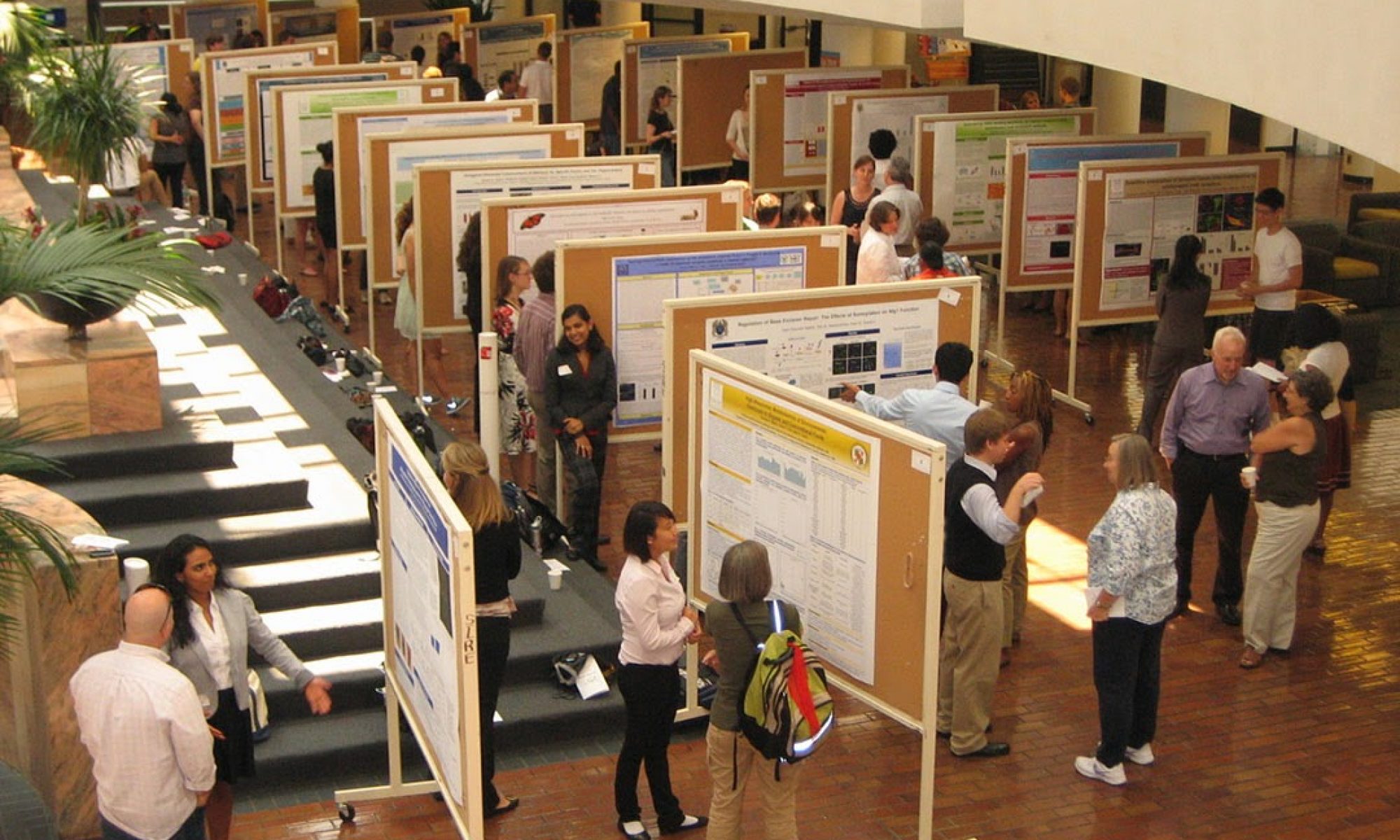
Update
In the past few weeks, I have participated in the process of choreographing a piece which will be performed in early March 2018. In the process, I learned how choreographers put their ideas into physical movements. I also learned the moon phrase and did a movement profolio that I narrates how my female family members shape my gender identity while dancing. During the rehearsals, I observed how my dance mentor organized a movement phrase based on the use of space, as well as how another choreographer helped produce a phrase of two women dancers of color with a huge red band to tell the stories of women of color in the United States. Additionally, I and other dancers and choreographers played a guessing word game which is similar to the game TV show “Password Plus” in the 80’s. The idea of giving clues to another person and the receiver required to guess the word based on the association of the clue was incorporated into the dance piece to invoke audience’ association of clues regarding female, body and movement.
Analysis and Interpretation on Research Literature
After rehearsals, I was assigned a reading on “Where feminism has not disappeared” by Gwendolyn Alker. Since “feminism inherently uncovers and then mirrors the struggles of identity formation, or performing oneself to others,” then “the intersection of gender and performance allows for theoretical discussions to be mapped coherently and intellectually onto the bodies.” After some other discussions on relative daily experiences or exposure to gender and body issues, my mentor asked me to form my own research question that is related to her research question.
Future Plan
I am thinking about doing my research on what cultural and historical aspects that shape the gender expression through body and movement among Taiwanese indigenous people and Han Taiwanese. I plan to investigate histories of both Taiwanese indigenous people and Han Taiwanese and identify cultural factors that impact how gender identity forms and how gender is expressed through behaviors, body images, and movements.
Reference
1. Alker, Gwendolyn. “Where feminism has not disappeared.” Women & Performance: A Journal of Feminist Theory, vol. 14, no. 2, 2005, pp. 39-41.


Good blog post, I enjoyed reading something so totally different than what I tend to gravitate towards. Also, I have a few questions.
What do you mean ‘moon phrase ‘ in paragraph 1 sentence 3? Is that just supposed to be movement phrase? I’m also curious about how phrases of dance can convey ideas and stories. I kind of see how that might tie into the game you guys played, but it isn’t clear to me exactly how I should think about this. Is an individual phrase one expression, or do you need multiple phrases for one expression.
Can you also be more specific about your spring research question? Is there a specific historical era that you intend to focus on? Are there specific cultural aspects or customs that you find most interesting? Things like that.
Helen,
Your research sounds fascinating and is very different from the research of other students in RPP that I’ve seen so far. However, I’m unfamiliar with the dance department and how people do research in the subject. How will you go about answering your particular research question regarding gender expression of Taiwanese indigenous people? Will you be making a poster based off the literature you read and analyze, or is there also a dance component you will choreograph?
I enjoyed reading your post. You do a good job of showing you’re growth as a choreographer, whether it is by playing a guessing game with your colleagues or by understanding how to create phrases to portray stories while being mindful of the limitations of space you may have.
Your prospective research topic seems extremely intriguing. Whilst you could incorporate movements into your piece to demonstrate how gender is expressed among the indigenous and Han Taiwanese people , how do you plan on demonstrating the societal and historical influences on gender identity through motion? Could this perhaps be done through the dresses the dancers wore or through sound or lighting effects?
your growth as a choreographer*
Nice blog post! This is a new topic that I have never read about.
I think the title could be a little misleading because it implies that you will be talking about how dancing is stereotyped to be a woman’s art but what you wrote was a lot different.
You mentioned “moon phrase” in your first paragraph. Could you further explain what that is? Also, I am a bit confused on how the word guessing game helped your choreography.
I am looking forward to seeing how your develop as a dancer and express your thoughts through choreography!